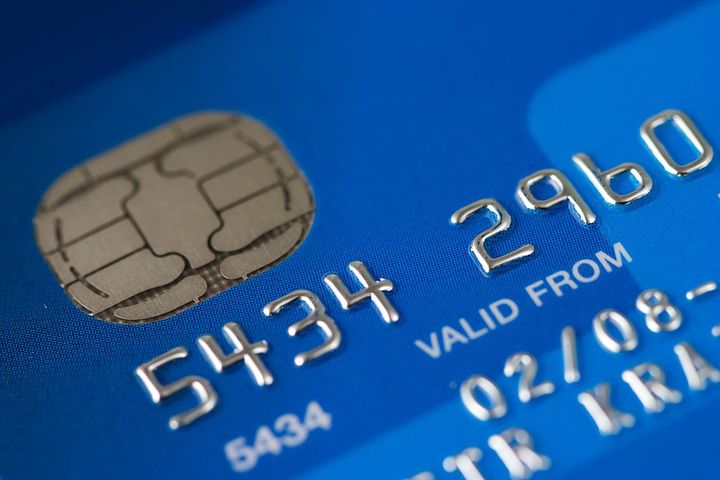
My Amex card turns 40 this year.
I got it when I was suddenly promoted from admin to manager and had clients to entertain and business travel to book. My Lord & Taylor and Bloomingdale’s credit cards were not going to do the job. I had gotten them to 1) start building a credit history, and 2) make me feel more grownup than my $99/week take home pay did.
Back then, I wasn’t familiar with bank credit cards, but I did know the prestigious green charge card. After all, I had carried my dad’s deep in my wallet during a summer traveling through Europe as a college student. The rule was I could only pull it out in an emergency, which thankfully never occurred. A few months into my first real job, American Express gave me a credit card of my own.
But today, it's more complicated -- managing your credit cards wisely takes some effort.
Many senior clients grew up with the allure of a charge card before the days of the more ubiquitous bank credit cards. They got these cards for business, dining, and travel when the two rules of a charge card were easy to accept: 1) no stated credit limit, and 2) the understanding that the balance would be paid off each month.
But a credit card carries expensive consequences for not following the rules—a high monthly penalty. And I see clients getting burned by this without even realizing it. For those who have not adjusted their spending to their retirement income and carry monthly balances, either by not paying attention to due dates or overspending, the green (or gold) card that served them well for years no longer makes sense.
Clients still benefit from long positive credit histories with the company, so I don’t suggest that most of them cancel their accounts. Instead, I suggest they put only auto pay items on them such as subscriptions and other regular expenses. But leave the card itself in a lockbox at home where it cannot be lost or be a temptation. And be vigilant about paying the bill each month (a bill-paying calendar can help, as can the assistance of a daily money manager/financial organizer. For more good information on being credit card savvy, see my recent blog post here.
For senior clients, “Don’t leave home without it,” the card’s famous tag line from the ‘70’s, may no longer apply. It’s worth a second look.
That said, an Amex card, or another one that reports to all three credit bureaus, may be just right for clients with teens. While the Credit Card Act of 2009 requires that those under 21 years old have an adult co-signer or prove they have sufficient income to pay the bill, a card issuer may be more lenient with a companion card. I DO NOT suggest clients actually give the companion card to a spendthrift teenager. Instead, quietly make him or her an authorized user at the age permitted by the card issuer. Then keep the card in a safe place. When the teen becomes responsible enough to handle their own cards, they will now have your long credit history to help them get their own.
That’s what occurred when my two young adult children applied for credit—they found that they benefited from a sterling credit history that began many years before they were born. Now it’s up to them to keep that sterling burnished!
